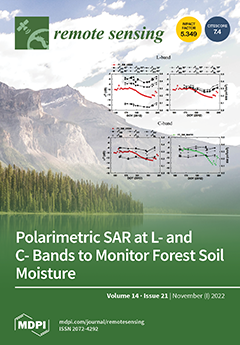Accurate estimation of the maize leaf area index (LAI) and biomass is of great importance in guiding field management and early yield estimation. Physical models and traditional machine learning methods are commonly used for LAI and biomass estimation. However, these models and methods mostly rely on handcrafted features and theoretical formulas under idealized assumptions, which limits their accuracy. Deep neural networks have demonstrated great superiority in automatic feature extraction and complicated nonlinear approximation, but their application to LAI and biomass estimation has been hindered by the shortage of in situ data. Therefore, bridging the gap of data shortage and making it possible to leverage deep neural networks to estimate maize LAI and biomass is of great significance. Optical data cannot provide information in the lower canopy due to the limited penetrability, but synthetic aperture radar (SAR) data can do this, so the integration of optical and SAR data is necessary. In this paper, 158 samples from the jointing, trumpet, flowering, and filling stages of maize were collected for investigation. First, we propose an improved version of the mixup training method, which is termed mixup
+, to augment the sample amount. We then constructed a novel gated Siamese deep neural network (GSDNN) based on a gating mechanism and a Siamese architecture to integrate optical and SAR data for the estimation of the LAI and biomass. We compared the accuracy of the GSDNN with those of other machine learning methods, i.e., multiple linear regression (MLR), support vector regression (SVR), random forest regression (RFR), and a multilayer perceptron (MLP). The experimental results show that without the use of mixup
, the GSDNN achieved a similar accuracy to that of the simple neural network MLP in terms of
and RMSE, and this was slightly lower than those of MLR, SVR, and RFR. However, with the help of mixup
, the GSDNN achieved state-of-the-art performance (
= 0.71, 0.78, and 0.86 and RMSE = 0.58, 871.83, and 150.76 g/m
, for LAI, Biomass_wet, and Biomass_dry, respectively), exceeding the accuracies of MLR, SVR, RFR, and MLP. In addition, through the integration of optical and SAR data, the GSDNN achieved better accuracy in LAI and biomass estimation than when optical or SAR data alone were used. We found that the most appropriate amount of synthetic data from mixup
was five times the amount of original data. Overall, this study demonstrates that the GSDNN + mixup
has great potential for the integration of optical and SAR data with the aim of improving the estimation accuracy of the maize LAI and biomass with limited in situ data.
Full article





